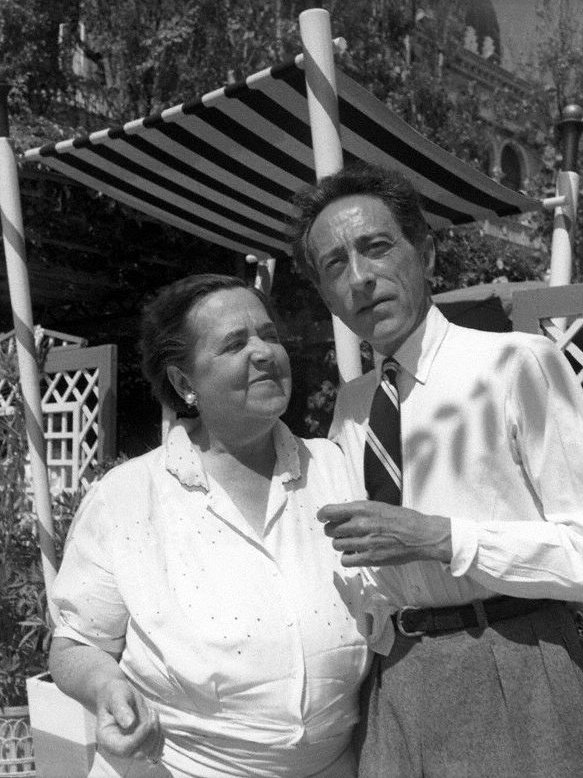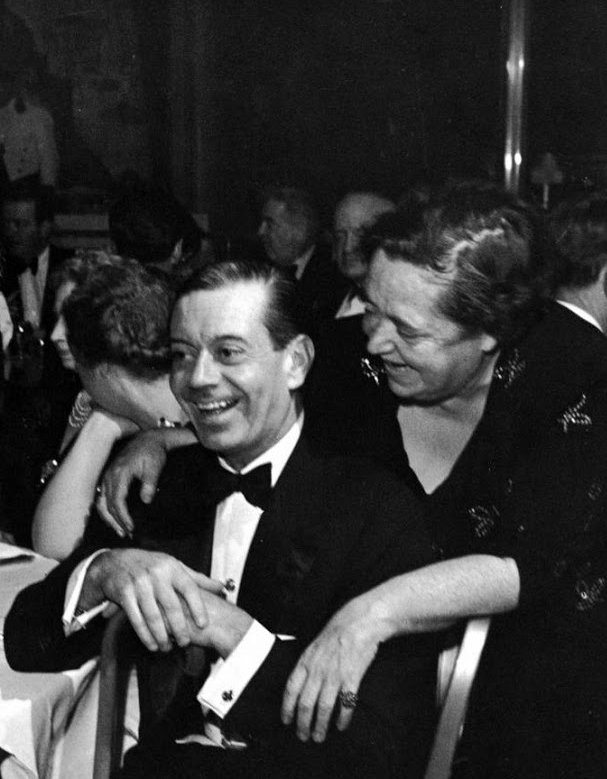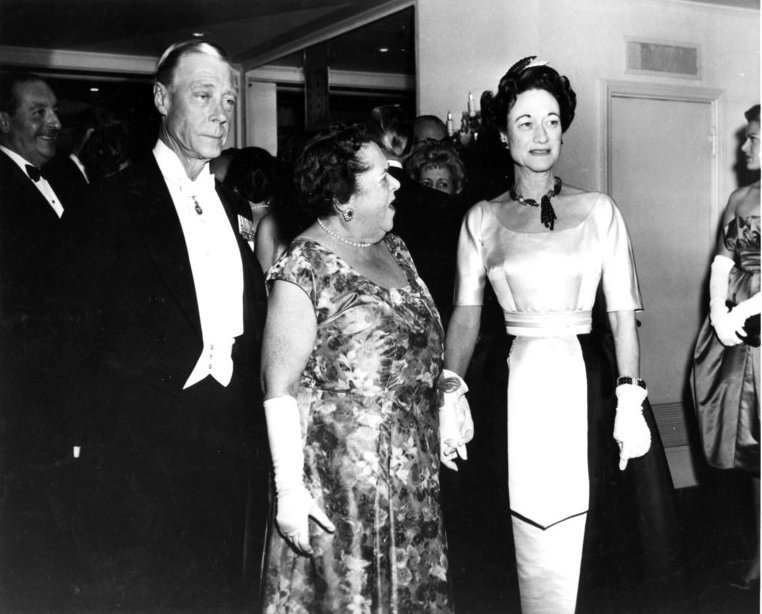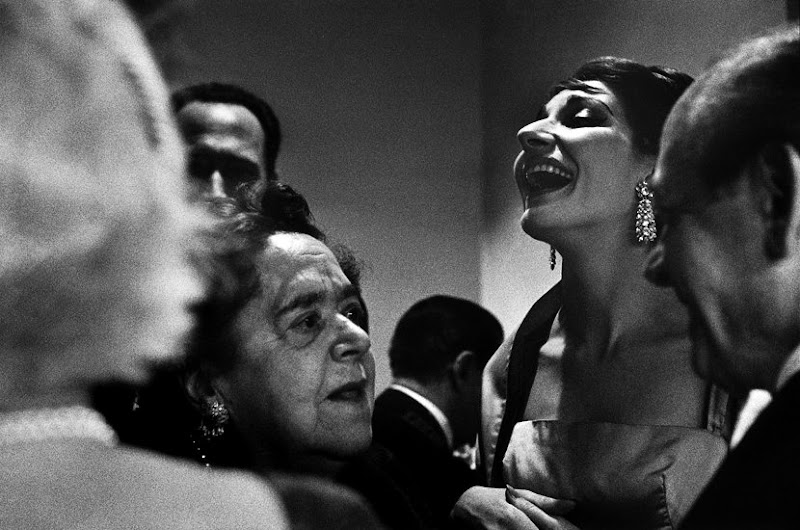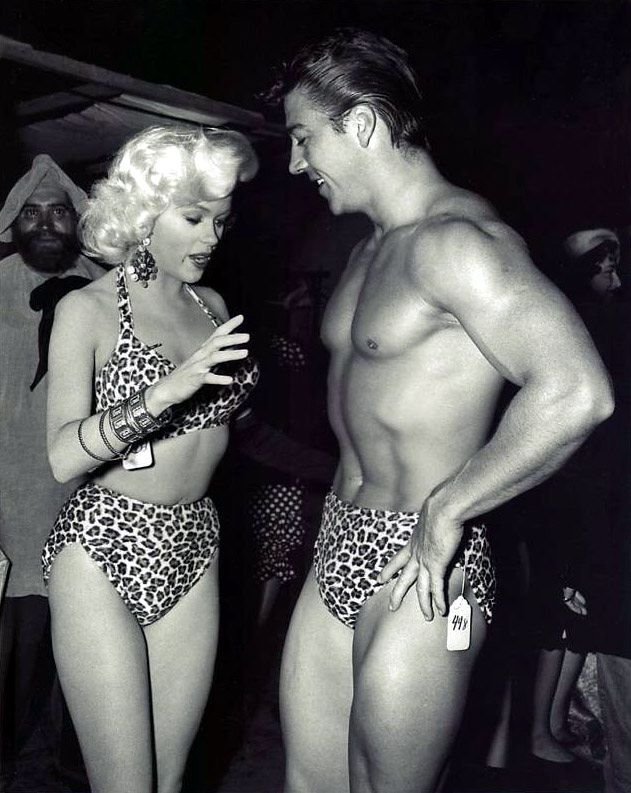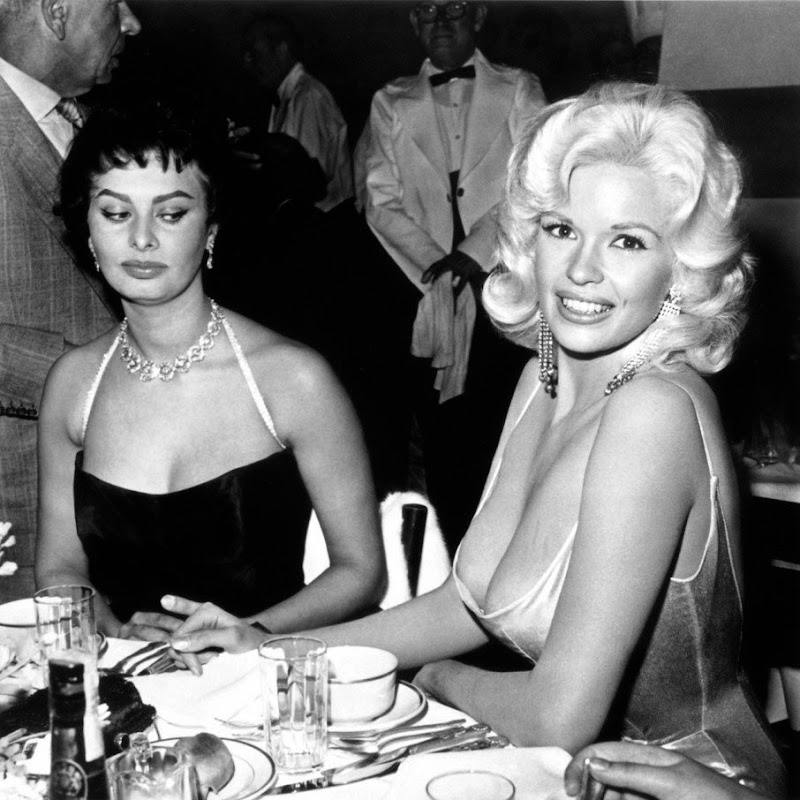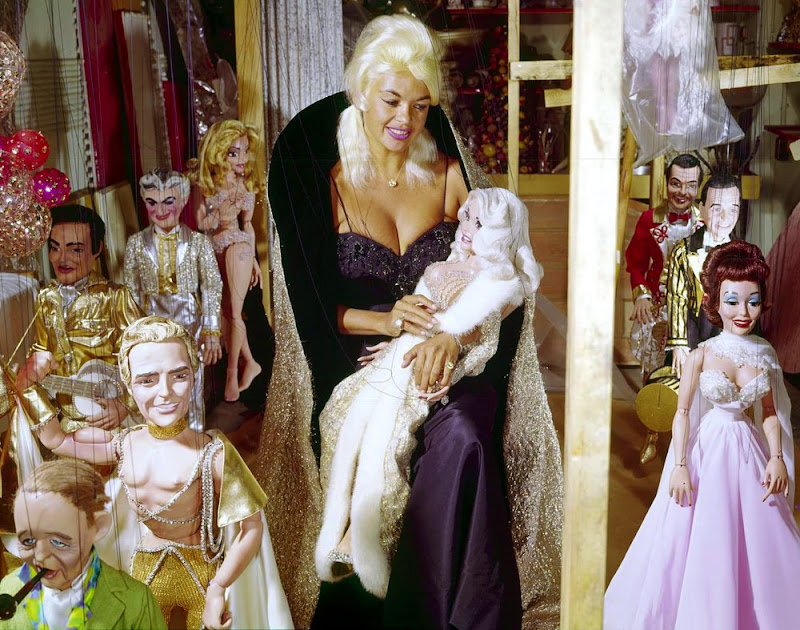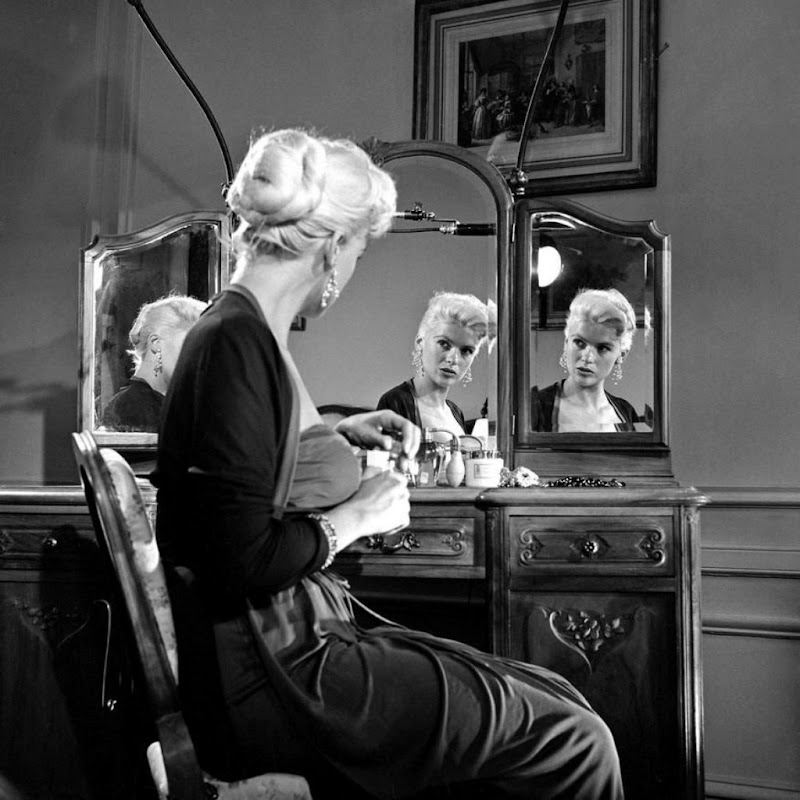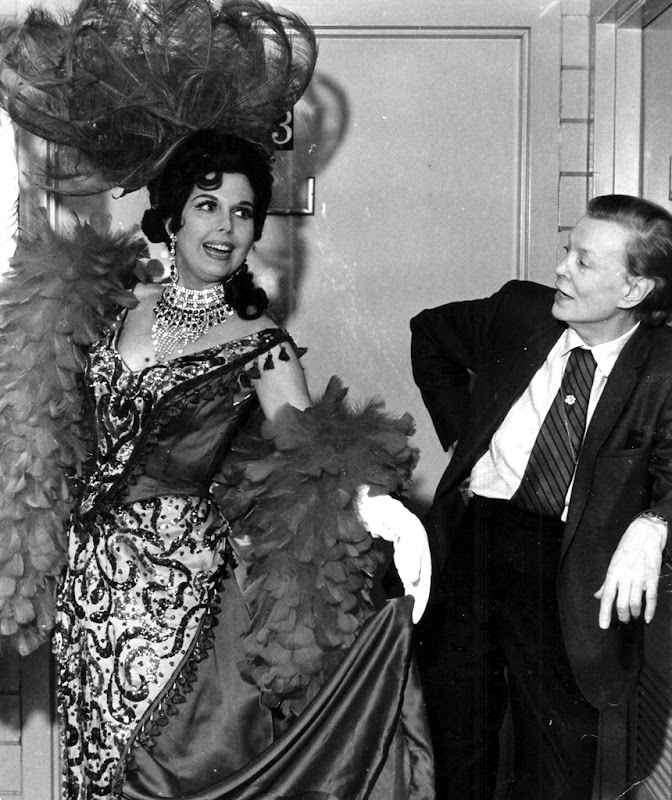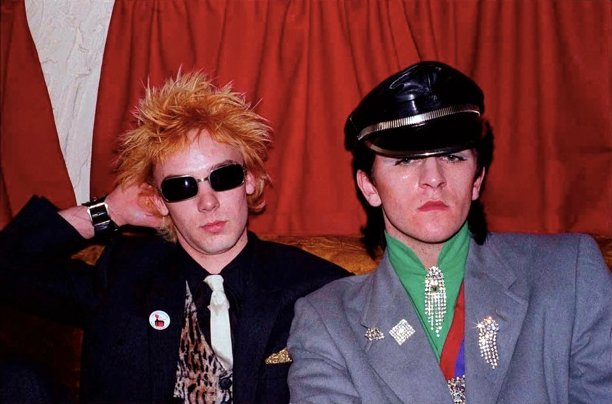
Unknown punk and Steve Strange, 1978
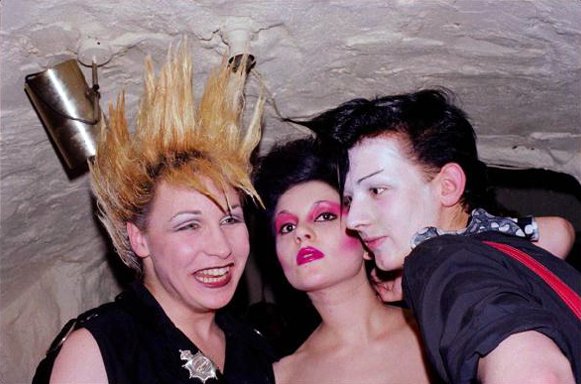
Marilyn, Princess Julia and Boy George, 1978

Martin Degville (Sigue Sigue Sputnik), 1978
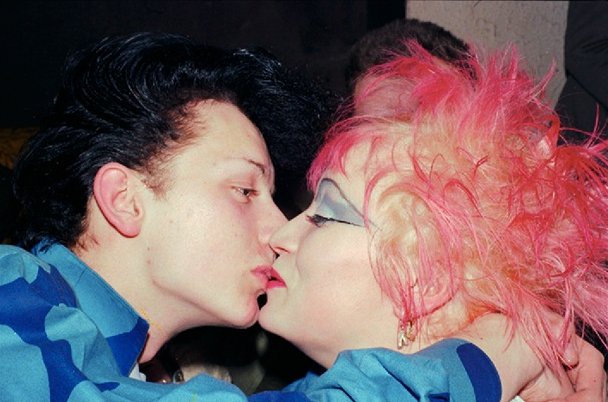
Boy George and Patti Bell, 1978

Jeremy Healy (Haysi Fantayzee), Andy Polaris (Animal Nightlife) and friend, 1978
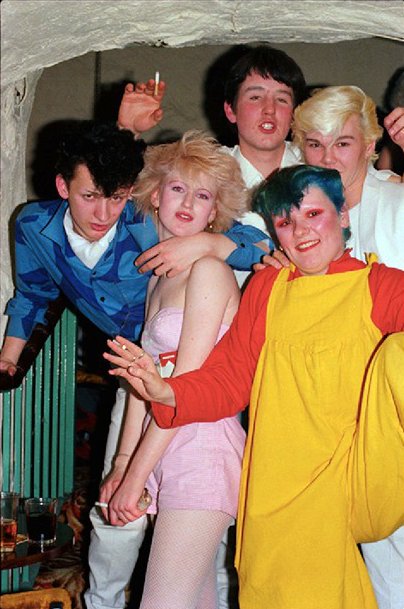
Billy's Club punters, 1978

Joan, Marilyn and Kate, 1978

Princess Julia and Boy George, 1978
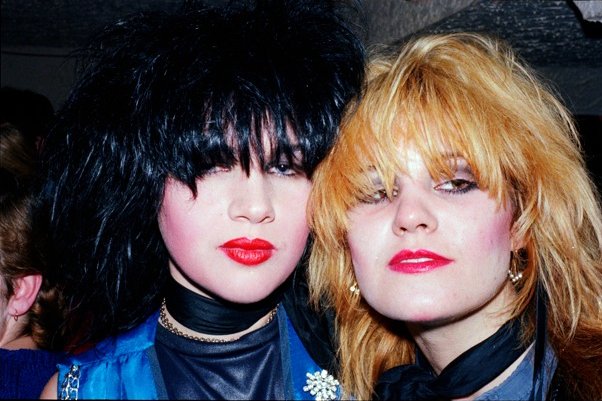
Siobhan Fahey and friend, 1978
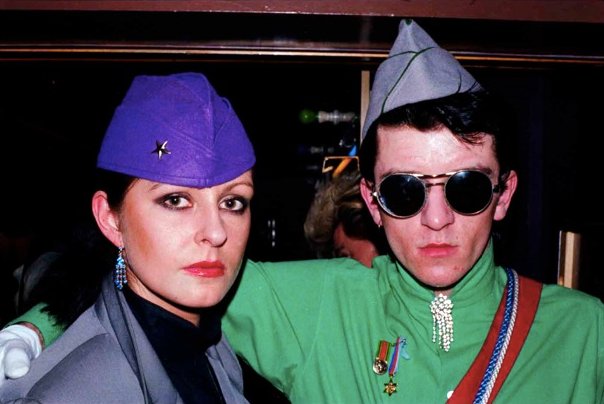
Steve Strange and friend, 1978
"Anything went at Billy's, the more theatrical the better." - Photographer Nicola Tyson.
Back in 1978 Billy's Club, a small venue in Soho, held a David Bowie tribute night each Tuesday.
Although it only ran for three months this most influential of venues, run by Steve Strange and Rusty Egan (later to form Visage), and its punters - including Boy George, Simon Le Bon, Gary and Martin Kemp, Princess Julia, Marilyn, Siobhan Fahey and Isabella Blow - went on to dictate the tastes of the nation in the 80s and beyond. The club served as inspiration for other seminal London nights, such as Blitz (read my previous blog about that club) and Taboo, as well as the basis for the New Romantic style of dress and music.
Another mighty trendsetter, the writer and journalist Robert Elms, was there:
"We're starting a new club at place called Billy's in Soho, Tuesday nights, come along," said Steve Strange. The 1980s were about to begin a year and a bit early.The Way We Wore: A Life In Threads by Robert Elms
Tuesday night, the deadest time in this always near moribund playground, was the night we were invited out, to gather at Billy's, a small, unspectacular club down a suitably unmarked stairwell. Above it was the Golden Girl, a grubby whorehouse, where tarnished brasses lazily tempted the seedy mac men. The girls would occasionally give a whistle as we walked by, and we'd shimmy and blow kisses, confident that we had made it to our destination in one piece. Tuxedos and wing collars, padded shoulders and cummerbunds, T-shirts, diamanté brooches, taffeta gowns.
That first night at Billy's, I had on my quarterback PX top, a pair of voluminous white linen harem pants with Melissa Caplan had made and a pair of Kung Fu slippers from round the corner in Chinatown. I had no idea what I was supposed to look like, but we all knew you had to look and make people look. Steve Strange was on the door, camply clocking your get-up as he let you in and took your two quid. For the first few weeks he didn't have to try too hard to keep people out. The very idea of a one-off night, where an outside promoter fills and otherwise empty club with his own punters, was entirely new. The logic for the club owner (in this case a wide black guy named Vince) was obvious. On Tuesdays he couldn't even attract sufficient lotharios and nurses to make the place viable, so why not invite this weird Welsh shop assistant, who claimed to have lots of friends to take over and take a share of the takings? There were maybe only thirty or forty elaborate souls at most, gathered up by the bush telegraph, to answer the call. Billy's wasn't a big place, a couple of dark rooms and a shiny mirrorball, and the few who gathered there on the first few Tuesdays could find a corner each to lurk in, bits of their extravagant outfits protruding from the murk.
Rusty Egan was on the record player. As yet there wasn't much choice for the selector. A staple of Bowie and Roxy, Kraftwerk's Germanic machine music, and a touch of slick Euro-disco, like Georgio Morodor's pulsating The Chase. The sound was electronic, Teutonic, avowedly fake, a fabulous respite. From the murky corners of the club came a few dancers, posers rather than hoofers, throwing shapes, sucking in their cheeks and extending their lithe limbs for all to admire, proto-vogueing. I'd gone in my Chinese space-cossack attire with Chris Sullivan in monocle and spats, Ollie O'Donnell as a tartan Teddy boy, Melissa Caplan as a psychedelic swinger and Graham Smith as a mod matelot. Billy's was like a do-it-yourself, teenage version of a Neue Sachlichkeit painting.
The nucleus of what would become known as New Romantic, which would go on to define the 1980s stylistically, which would shift the tastes and the desires of an age, (and which would be derided like no other) was weaving its way through the wreckage of the "Winter of Discontent" to get to Billy's on Tuesday nights in 1978. This cadre in ridiculous clobber has been portrayed as the extravagant over-reaction to Punk's ripped and torn anti-style. But that is to completely misunderstand both movements. Almost all the kids, and there were few people in Billy's over twenty-one, who made it past Steve Strange in those early days had been punks. They'd been the eager-eyed young ones at the back, too young to really make a mark or form a band, but they'd been punks in the glorious early days, when Punk itself was an underground, individualistic, overdressed style statement. Billy's was like Louise's only more so. Billy's was for those who'd tasted the thrill of wearing "clothes for heroes" and wanted it back.
Punk had been a thrashing spasm of brilliance, but despite its apparent nihilism had actually shown that even here, in "sick Britain", you could accomplish something. The handful of self-obsessed, self-confident exhibitionists gathered at Billy's on a Tuesday night had learnt the lessons of punk and were determined to create shining lives for themselves, or at least look good trying.
After a couple of months, Steve Strange and Rusty Egan had a falling out with the owner of Gossips. The place had got a little more popular as word spread, and Steve began his gleeful act of rejecting anyone who wasn't sufficiently spectacular. But there still weren't more than sixty or seventy regulars and no one was really making money, so we were evicted.


